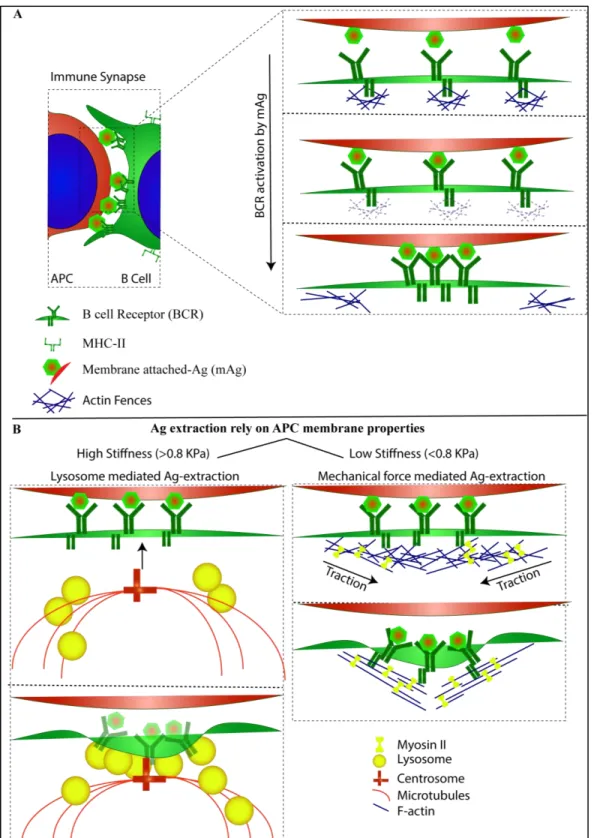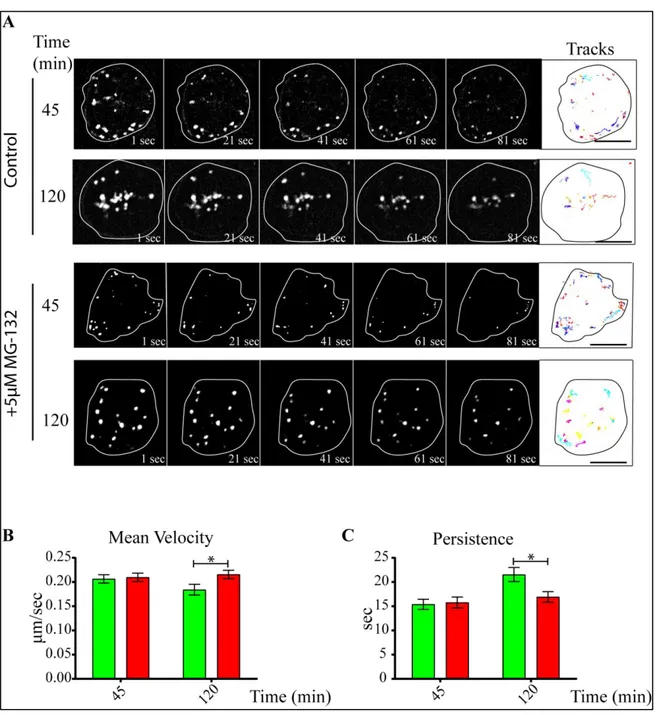Rol del proteosoma 26S en la formación y función de la sinapsis inmune de los linfocitos B
Texto completo
Figure




Documento similar
Our results show that the energy level alignment at weakly-interacting interfaces can be understood in terms of the tendency of the CNL and the metal work function (in the
B The enzymatic liquefaction of sputum samples improves the single‑cell analysis of sputum‑resident leukocytes by flow cytometry, ensures the cell viability and holds their
Overall, our results suggest that improper regulation of GRK2 in cell cycle might com- promise the fidelity of cell division by means of the rapid progression in G1 and the im-
These searches are dubbed resonant, since they allow to directly probe B(Υ → γa) in a model-independent way, regardless of the non-resonant contribution from figure 1. Searches
Using immune synapse (IS) formation as a model of polarized vesicle trafficking, our group identified SNX27 association with the PDZ- binding diacylglycerol kinase..
5 Recently, we described that Chk1 and Atr1, two DNA-damage checkpoint kinases, were activated in response to the formation of b-heterodimer and that this activation resulted in
In conclusion, our results show that esmolol improves coronary artery remodeling by increasing bioavailability of NO and improving antioxidant status in plasma in SHR, because lower
Adaptive immune responses are altered in PKC ζ-deficient mice PKCζ is an essential kinase for B cell survival and function through the activation of IkB and Bcl-X L





